Site of Prison Camp Hospital
Introduction
Text-to-speech Audio
Images
Andersonville Prison, Ga., August 17, 1864. Issuing rations, view from main gate
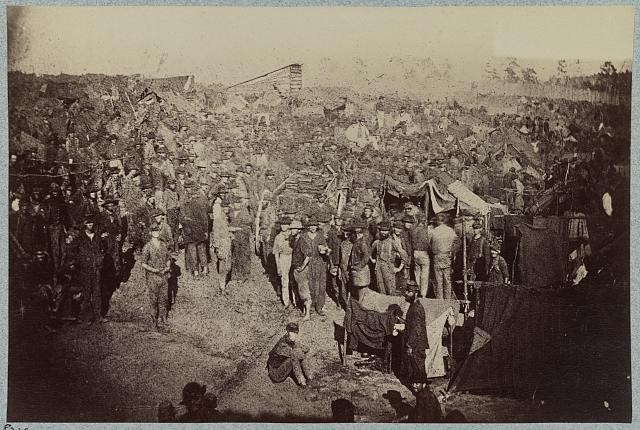
Andersonville Prison, Georgia. Bird's eye view - gathering roots to boil coffee Thirty-three thousand prisoners in bastile /
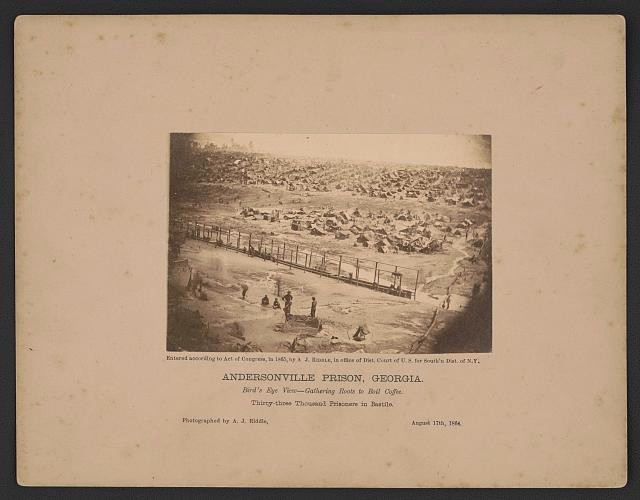
Andersonville Prison, Ga., August 17, 1864. South view of stockade
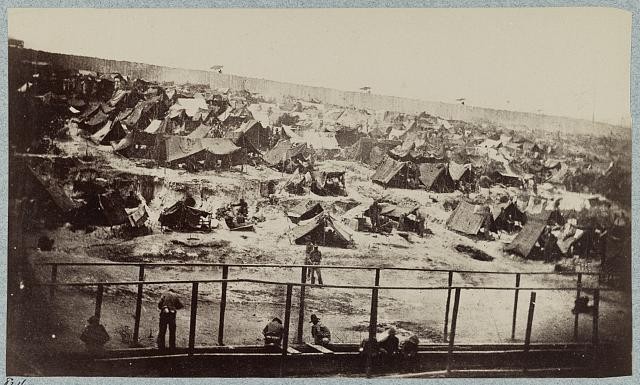
[Emaciated prisoner of war from Belle Isle, Richmond, Private William M. Smith of Co. D of 8th Kentucky Volunteers, at the U.S. General Hospital, Div. 1, Annapolis]
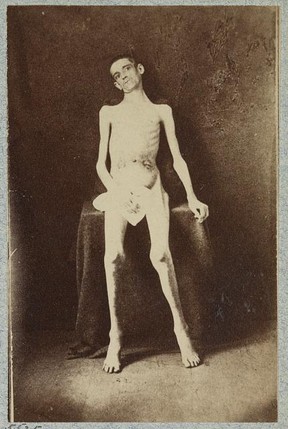
Emaciated Prisoner with a Doctor
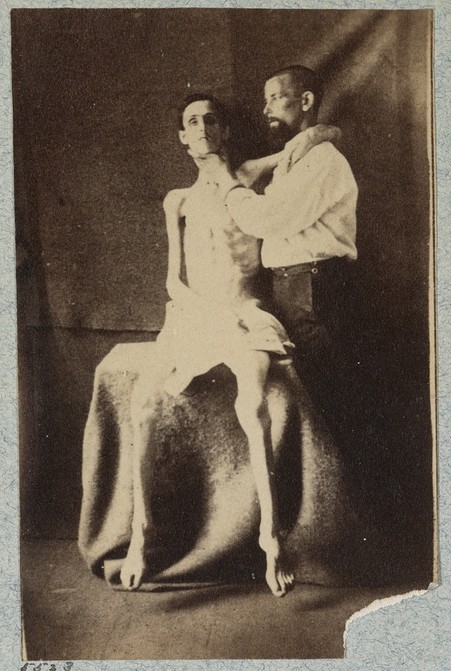
Front Page Harper's Weekly, June 18, 1864
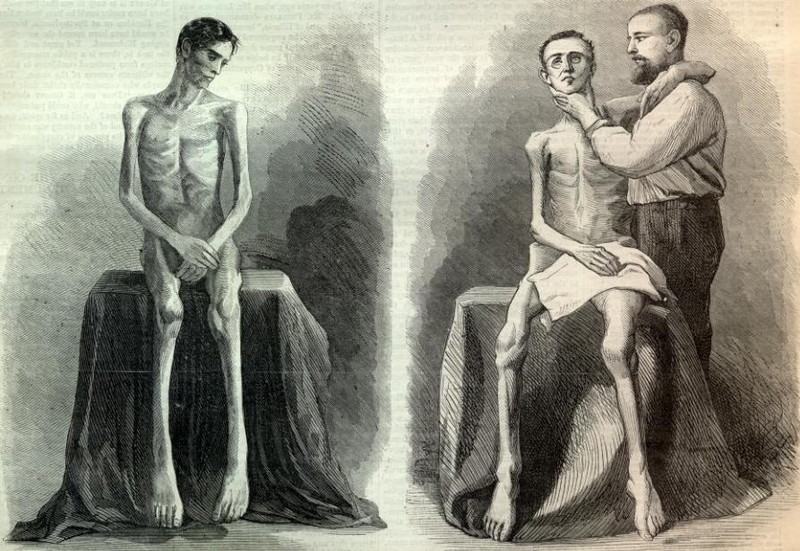
Backstory and Context
Text-to-speech Audio
As the camp was originally planned to hold only 10,000 prisoners, the overwhelming swell in population to more than 30,000 taxed the resources of the Confederacy. Men imprisoned in Camp Sumter had less and less space in which to lie down, less food, and less clean water. Exposure to insects and disease rapidly increased sick rates, leading to greater demand for treatment at the camp’s field hospital.[1] Scurvy remained a large issue as well, afflicting great numbers of prisoners. Prison memoirs described the scene in gruesome terms, such as in the writing of Augustus Hamlin:
“We must consider at length the details of this enclosure, with its hungry, emaciate, filthy mass of humanity, whence arose a stench of death so powerful as to be perceived at the distance of a league—the burning sky, the array of instruments of torture, the manifest design of cruelty.”[2]
Austin Flint, an American Physician who reported on the state of disease within Camp Sumter at Andersonville, noted the especially harsh conditions. First, he described the hospital. About five acres, the hospital field had been left with select trees to “furnish pleasant shade to patients,” and sick soldiers washed their clothes in a stream which was a “semi-fluid mass of human excrement, offal, and filth of all kinds.”[3] Flies covered the faces of sleeping patients, spreading gangrene and measles among other diseases. Prisoners themselves worked as hospital staff, adding to the bad hygiene and poor care of the sick. The sick were observed to be “literally incrusted with dirt and covered with vermin.”[4] Hospital conditions contributed to massive death rates among prisoners. Men inside the camp feared being admitted to the hospital as it typically meant a death sentence not a speedy recovery. From their vantage point inside the stockade walls by the overwhelmed creek bed, soldiers may have heard cries of the suffering from the hospital and feared the worst for their lives and their comrades’ lives.
Sources
[1] Robert Davis, “Andersonville Prison,” in The Civil War in Georgia ed. John C. Inscoe (Athens: University of Georgia Press, 2011), 142.
[2] Augustus C. Hamlin, Martyria; or, Andersonville Prison (Boston: Lee and Shepard, 1866), 32. Project Gutenberg, accessed December 15, 2020.
[3] Austin Flint, “The Confederate Military prison Hospital at Andersonville, Georgia: Contributions Relating to the Causes and Prevention of Disease,” (New York: Hurd and Houghton, 1867) excerpted in Life and Limb: Perspectives on the American Civil War ed. David Seed, Stephen C. Kenny, and Chris Williams (Liverpool: Liverpool University Press, 2015), 59.
[4] Austin Flint, “The Confederate Military prison Hospital,” 60-61.
Riddle, A. J. (Andrew Jackson), 1828-1897, photographer,
Riddle, A. J. (Andrew Jackson), 1828-1897, photographer; Library of Congress Prints and Photographs Division Washington, D.C. 20540 USA http://hdl.loc.gov/loc.pnp/pp.print
photographed 1864, [printed between 1880 and 1889], Library of Congress Prints and Photographs Division Washington, D.C. 20540 USA http://hdl.loc.gov/loc.pnp/pp.print
Library of Congress Prints and Photographs Division Washington, D.C. 20540 USA http://hdl.loc.gov/loc.pnp/pp.print
https://www.nps.gov/media/photo/gallery-item.htm?pg=1341849&id=267F34C1-1DD8-B71C-07DB5FD7C829B5C5&gid=25001AB0-1DD8-B71C-079A07B44D6707A4
https://www.nps.gov/media/photo/gallery-item.htm?pg=1341849&id=267F34C1-1DD8-B71C-07DB5FD7C829B5C5&gid=25001AB0-1DD8-B71C-079A07B44D6707A4
